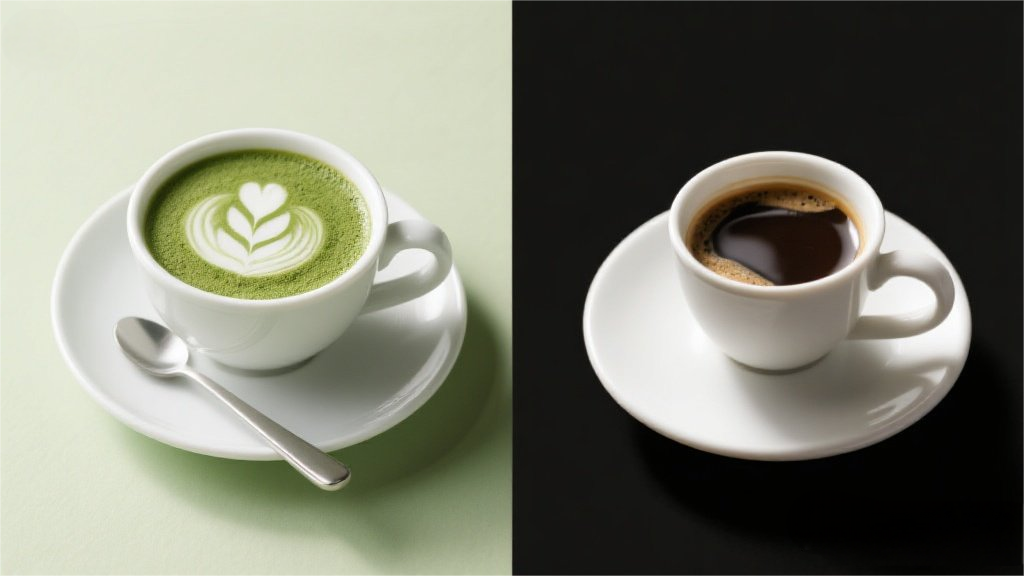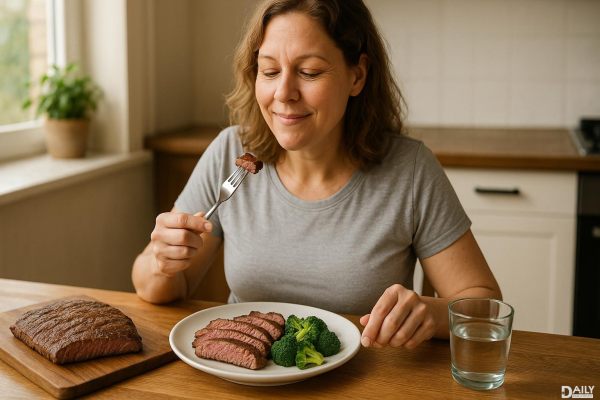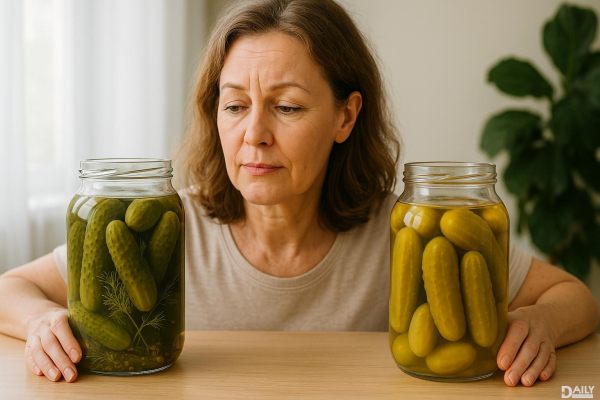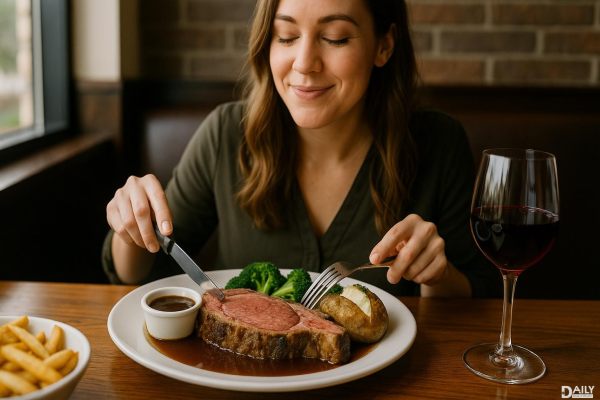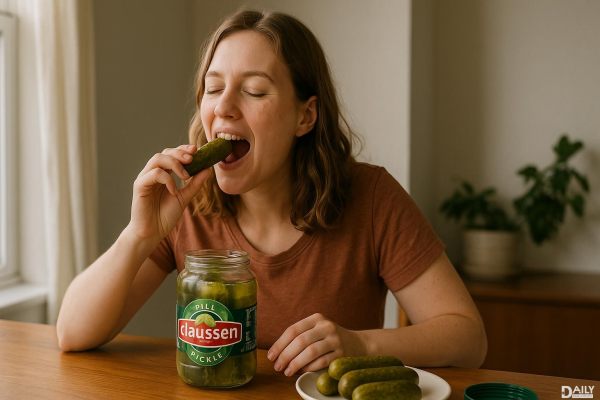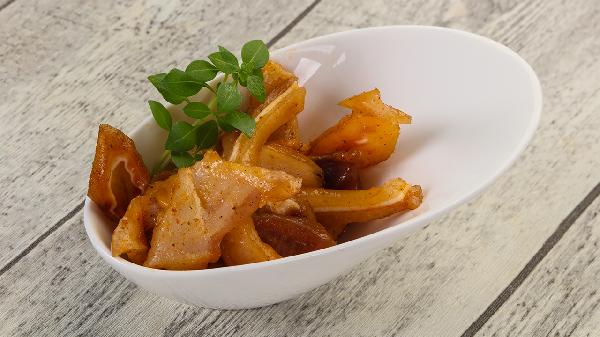At first glance, butter and shortening might seem like interchangeable baking staples—they’re both fats, after all, and they both make your cookies tender and your pie crusts flaky. But dig a little deeper, and you’ll find they’re as different as a cozy diner pancake and a fancy French croissant. So, what’s the real deal?
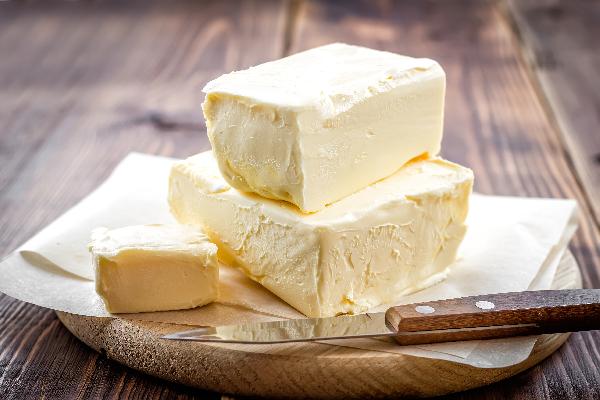
Butter is the OG of baking fats—rich, creamy, and packed with flavor. It’s made from churned cream and, by USDA standards, must contain at least 80% milkfat. The remaining 20%? Mostly water, which turns into steam during baking, creating those irresistible flaky layers in pastries.
Shortening, on the other hand, is the no-nonsense, all-business fat. It’s 100% vegetable oil, hydrogenated to stay solid at room temperature. No water, no dairy—just pure fat doing its job without any extra flavor baggage.
Texture Showdown: Flaky vs. Tender
Butter brings the drama with its water content. When it hits the oven, that water turns to steam, puffing up layers in pie crusts and making biscuits shatter into buttery perfection. But because butter melts faster, cookies spread more, ending up thinner and crispier.
Shortening plays it cool—literally. With no water to create steam, it keeps baked goods soft and tender. Its higher melting point means less spread, so your cookies stay thick and cakey, and your cakes rise taller.
Flavor Face-Off: Rich vs. Neutral
Let’s be real—butter wins the taste test hands down. It adds that unmistakable rich, creamy depth to cookies, cakes, and pastries. Shortening? It’s the silent partner—no flavor, no fuss. That can be a good thing if you want other ingredients (like chocolate or spices) to shine, but don’t expect any buttery magic.
Can You Swap Them?
Absolutely—but with a few caveats.
Pro Tip: If swapping shortening for butter in a recipe that calls for salted butter, add a pinch of salt to balance things out.
The Verdict
Or, you know, break the rules and use both. Baking’s all about experimenting—just don’t blame us when you end up eating the whole batch.
